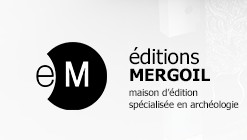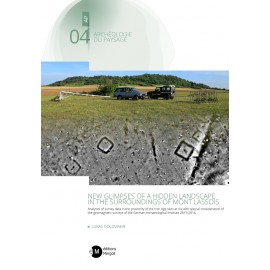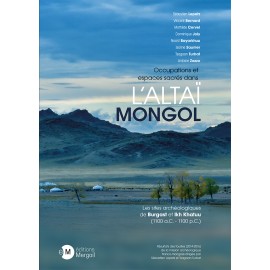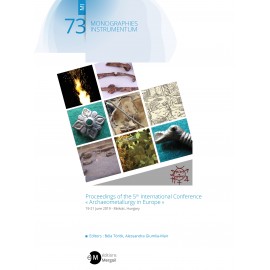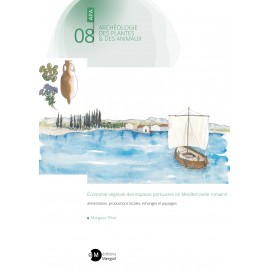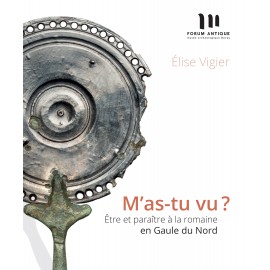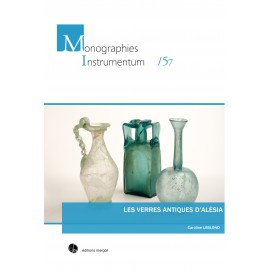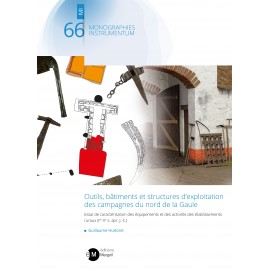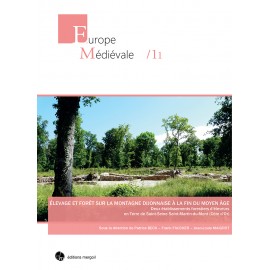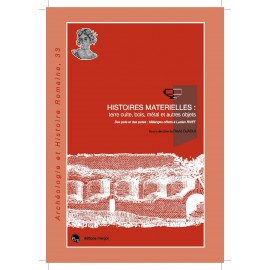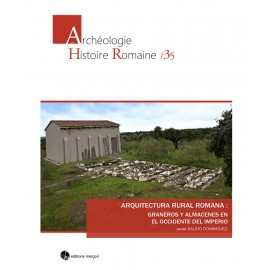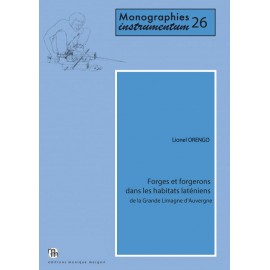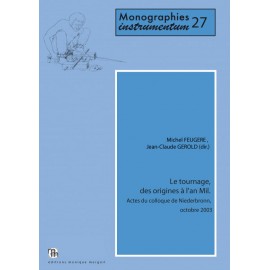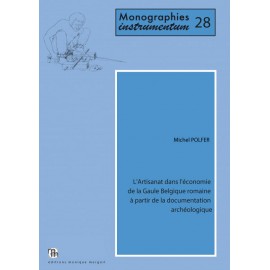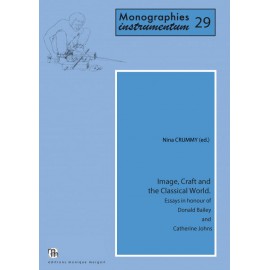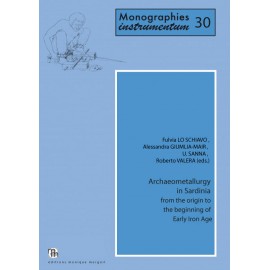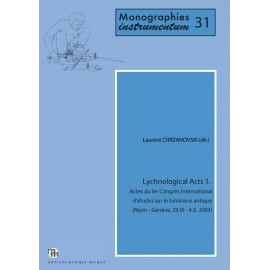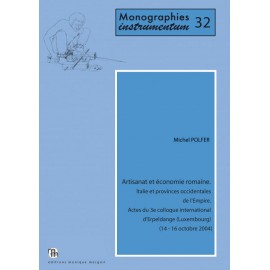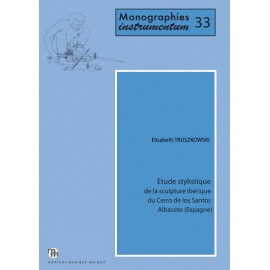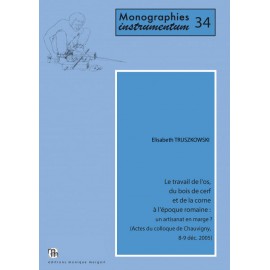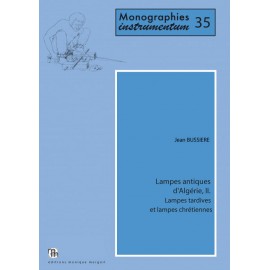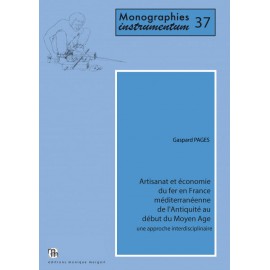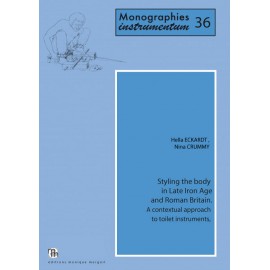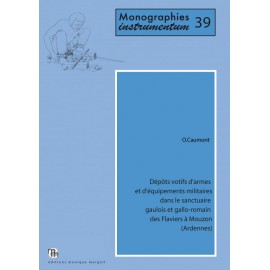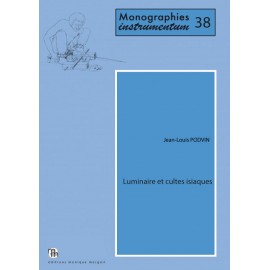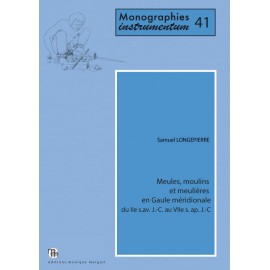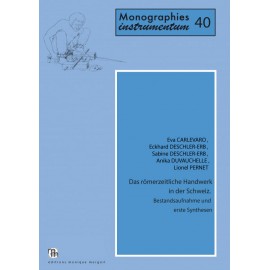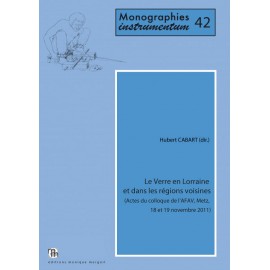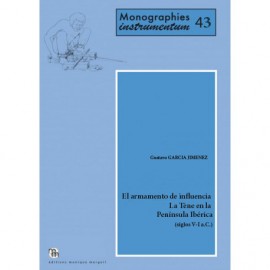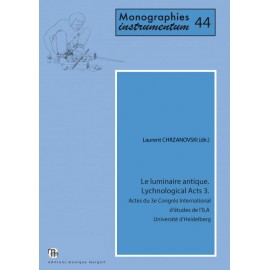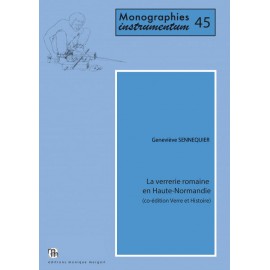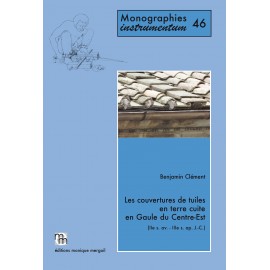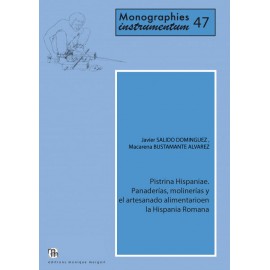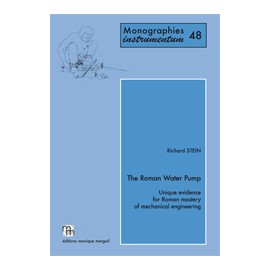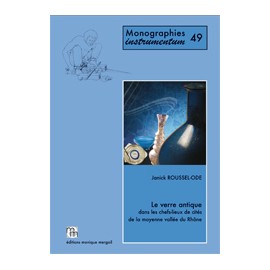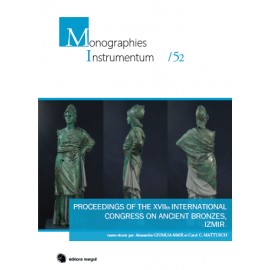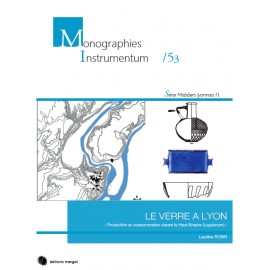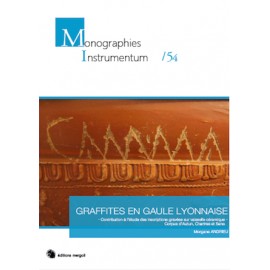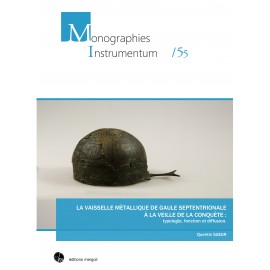No products
Prices are tax included
Product successfully added to your shopping cart
There are 0 items in your cart. There is 1 item in your cart.
Monographies Instrumentum
- Archéologie et Histoire Romaine
- Archéologie Moderne et Contemporaine
- Archéologie des Plantes et des Animaux
- Archéologie du Paysage
- Archives & Histoire de l'Archéologie
- Europe Médiévale
- Monographies Instrumentum
- Préhistoires
- Protohistoire européenne
- Research Protocols
- Off collections
- Les cahiers de saint-michel de Cuxa
- Second-hand
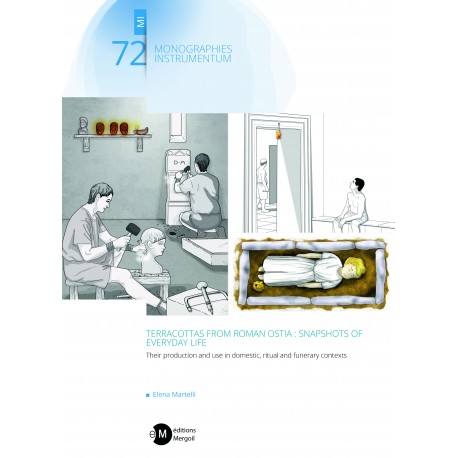 View larger
View larger Terracottas from Roman Ostia
MI-72
New
MI-72. TERRACOTTAS FROM ROMAN OSTIA: SNAPSHOTS OF EVERYDAY LIFE. Their production and use in domestic, ritual and funerary contexts
Elena Martelli, 2021, 487 p., ill. coul. (ISBN : 978-2-35518-114-6).
language : English
Warning: Last items in stock!
More info
Roman Ostia, port of Rome, was a chief collection point of goods with a multi-ethnic population. This book investigates the meaning of overlooked terracottas which, with their low economic value but strong symbolic significance, reveal key evidence about daily life in this multicultural milieu.
502 portable clay objects were examined: namely figurines (humans, deities, animals), ornamental and death masks, zoomorphic and anthropomorphic vessels (e.g. depicting the old drunken woman or Mother Goddess), highly decorated beehive and circular money boxes, and hemispherical moulds characterised by two interlocking halves impressed with scenes from the theatre, the circus and the amphitheatre.
A novel method for analysing artefacts was employed combining the Italian iconographical tradition for the study of the piece with North European theoretical and contextual approaches towards finds distribution, social identity and the life cycle. Pilot experiments carried out on moulds have generated original views about their possible use for plaster casting in polyvalent workshops.
Acknowledgments
Abstract
Riassunto
CHAPTER I
Terracottas in the Ostian context: aims and methods of the research
CHAPTER II
Clay figurines, figurine lamps and busts
CHAPTER III
Wheel–made clay pigs with round bodies decorated by glass beads
CHAPTER IV
Anthropomorphic and zoomorphic vessels
CHAPTER V
Highly-decorated beehive-shaped and circular money boxes
CHAPTER VI
Masks for decorative purposes and for rituals (death masks)
CHAPTER VII
Wax, cake or plaster moulds?
CHAPTER VIII
Manufacture and the origin of the Ostian terracottas: local-regional productions and imported items.
CHAPTER IX
Ostia: distribution and dating
CONCLUSION
MAP 1
MAP 2
Introduction to the catalogue
CATALOGUE
TABLE A
TABLE B
TABLE C
BIBLIOGRAPHY
